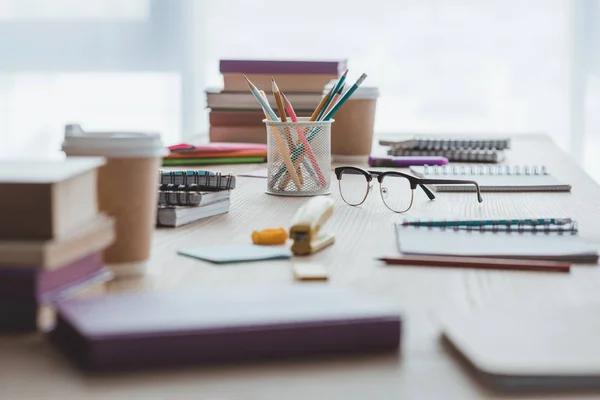
Education plays a pivotal role in disaster preparedness. It is the most powerful tool that we can use to understand and mitigate potential risks, thus reducing the impact of disasters on communities. Disaster education aims to equip individuals with knowledge about hazards and their effects, as well as strategies for prevention, preparedness, response, recovery and resilience.
Disaster preparedness includes measures taken to prepare for or minimize the damage caused by disasters, manage disaster response activities effectively, and aid in recovery efforts post-disaster. Education comes into play here by providing the necessary information about what actions should be taken before a disaster strikes. This could mean learning how to stockpile food and water supplies or understanding evacuation procedures.
Educational institutions have an essential role in disseminating this crucial knowledge. Schools are not only places where formal education takes place but also hubs for community engagement and social interaction. By incorporating disaster preparedness into school curricula at all levels – from primary through tertiary – students can gain valuable skills that will help them navigate through emergencies safely.
Moreover, schools themselves need to be ready for potential disasters. They must have emergency plans in place that include evacuation routes and assembly points; staff trained in first aid; regular drills so students know what action they should take during an emergency; facilities built or retrofitted to withstand natural hazards such as earthquakes or floods; backup systems for utilities such as power and water supply.
But education on disaster preparedness shouldn’t stop at schools’ boundaries – it needs to reach out into wider communities too. Public awareness campaigns can inform people about local hazards they may face: how likely these are to occur, what their impacts could be if they do happen, how people can protect themselves against these threats.
In addition to traditional classroom-based learning methods like lectures or workshops there are other ways of educating people about disaster risk reduction too: hands-on training exercises simulating real-life scenarios; digital platforms offering interactive e-learning courses; social media channels spreading messages quickly and widely.
Education, therefore, is a vital component of disaster preparedness. It empowers people to take control of their own safety and resilience, equips them with the knowledge to make informed decisions when faced with danger, and ultimately helps protect lives and livelihoods against the devastating impacts of disasters.
In conclusion, education is not just about learning facts or acquiring skills for personal development or career advancement – it’s also about gaining knowledge that can save lives during emergencies. Therefore, integrating disaster preparedness into our educational systems should be a top priority for all societies worldwide.
